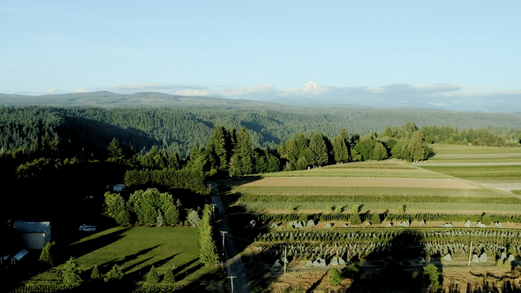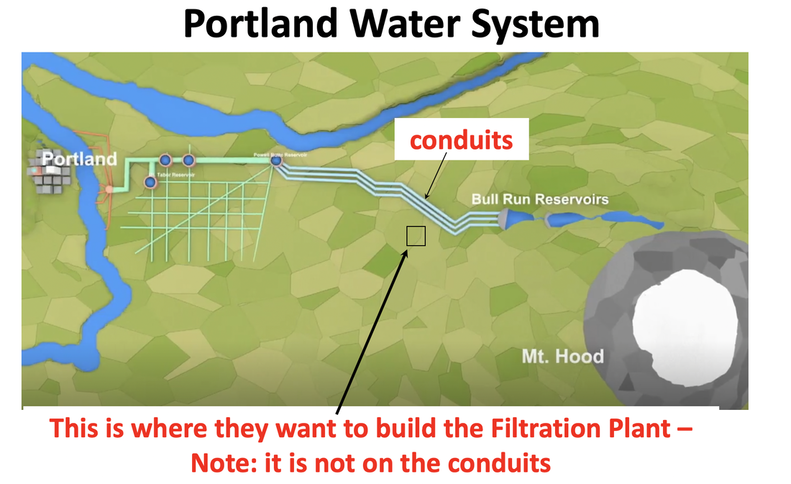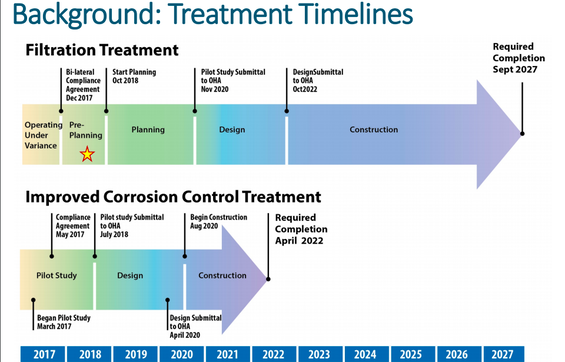Some of the data listed is derived from the Portland Water Bureau (PWB) web address:
portlandoregon.gov/water/77548
Under the link “Bull Run Filtration Plant Preferred Alternatives Report”
portlandoregon.gov/water/77548
Under the link “Bull Run Filtration Plant Preferred Alternatives Report”
Where is the site?
The Carpenter Lane site is beautiful and productive farmland located in east Multnomah county between Gresham and Sandy. The property is zoned agricultural and requires approval and exceptions through land use hearings.
Why a filtration plant? Is it really necessary?
The PWB likes to promote that the EPA mandated that they build a filtration plant to treat the water but this is simply not true. The EPA mandates (LT2 Rule) that the water be treated to protect from cryptosporidium but provides several choices for the treatment method to be used. UV, Ozone and Filtration are all methods fully acceptable to the EPA. What Portland did was to CHOOSE filtration which is the more complex, costly, and least environmentally-friendly method.
How much will your rates increase? See Costs
What is the project timeline?
|
According to the PWB’s webpage “Project Schedule”:
|




